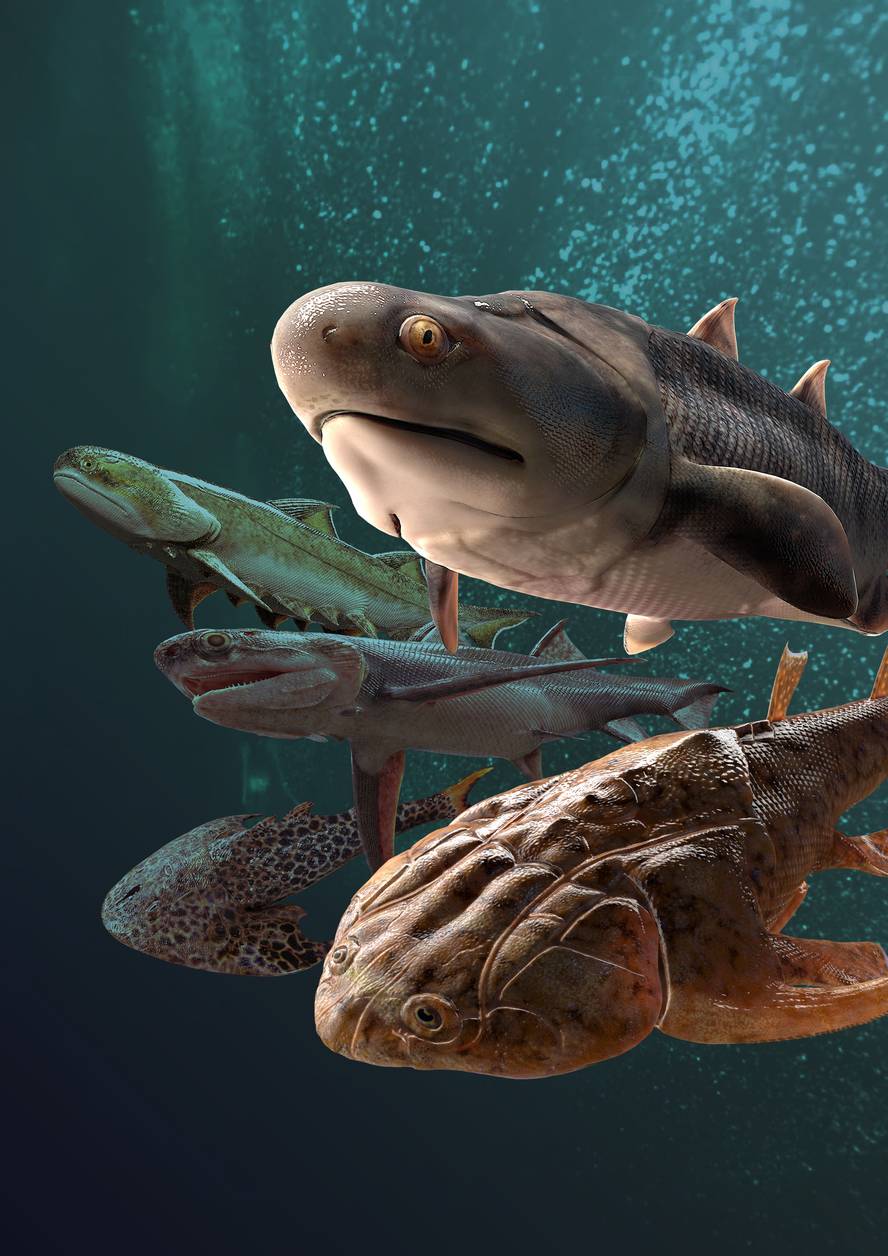They find the oldest fossils of the first purple vertebrates.
A group of fish fossils located in southern China has provided new information on the diversification of the first mandibular vertebrates. Fossils are from the beginning of the syrup, aged between 439 and 436 million years, and have described, among others, the oldest known mandibular vertebrates, as well as the oldest teeth of one of them.
99.8% of current vertebrates are from the jaw. It's been estimated that they formed about 450 million years ago, but evidence of fossils is scarce and it's been difficult to understand the evolution of the first mandibular vertebrates. The oldest fossil of a mortified fish known so far was 425 million years ago.
The fossils now found in Chongqing are very well preserved and have been able to identify the whole bodies of several fish, finding a diversity that was not known at that time. Mainly placoderms (with the first known jaws) and chondricters (cartilaginous fish such as sharks and rays) have been found, as well as a species without jaws. The findings have been reported in four articles of the journal Nature (1, 2, 3, 4).






